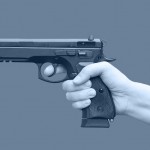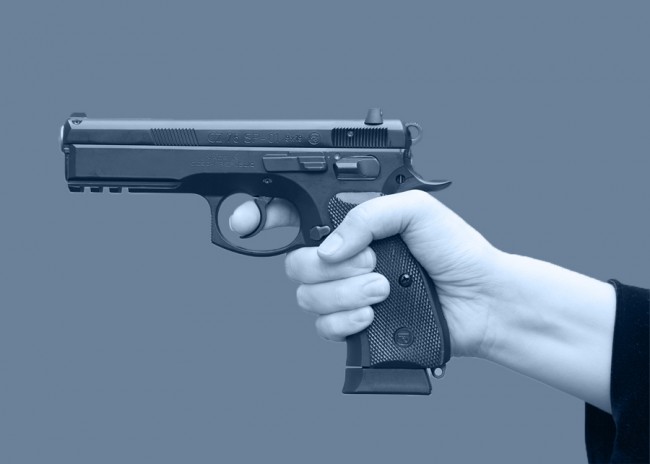
There are a few key elements to accuracy and one of them is timing your trigger pull. Shooting has many different applications such as; target practice, competition, hunting, just to name a few. The timing of your trigger pull is basically the same, but at times requires more skill than others. Skill may come easy to some while others build skill with practice.
What To Practice
- Shoulder the rifle or the proper hold of the handgun.
- Get familiar with the contour and fit of the gun.
- The aim with the particular sight.
- Safety placement, engagement and disengagement.
- The trigger’s pull weight and feel.
This blog is about timing your trigger pull, so we won’t go into detail about all the ways to practice but they need not be left out. We’ll focus on the practice of aiming, safety placement, and getting accustomed to the trigger pull weight/feel.
Target Shooting
Most target shooting is done at a bench with the forearm of the gun on a rest or bipod. That makes a great scenario to begin the process of familiarizing yourself with the rifle like the FX DRS PCP or a pistol like the Umarex MCP BB Pistol, (though most pistols aren’t purposed for shooting off a rest).
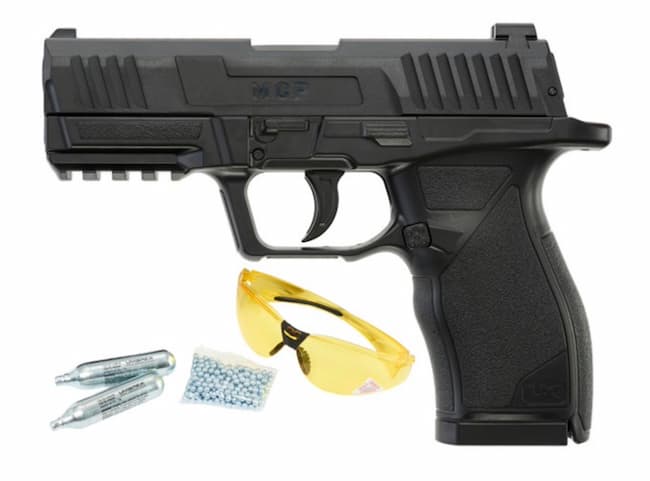
More Than Just Pulling the Trigger
Before pulling the trigger there are a couple things you should practice first to make the experience smoother and a developed skill rather than a continuous practice.
First take a look through the sights and practice target acquisition. That is the first step to learning trigger pull timing. If you don’t have a proper sight picture of the target, when you pull the trigger won’t matter anyway.
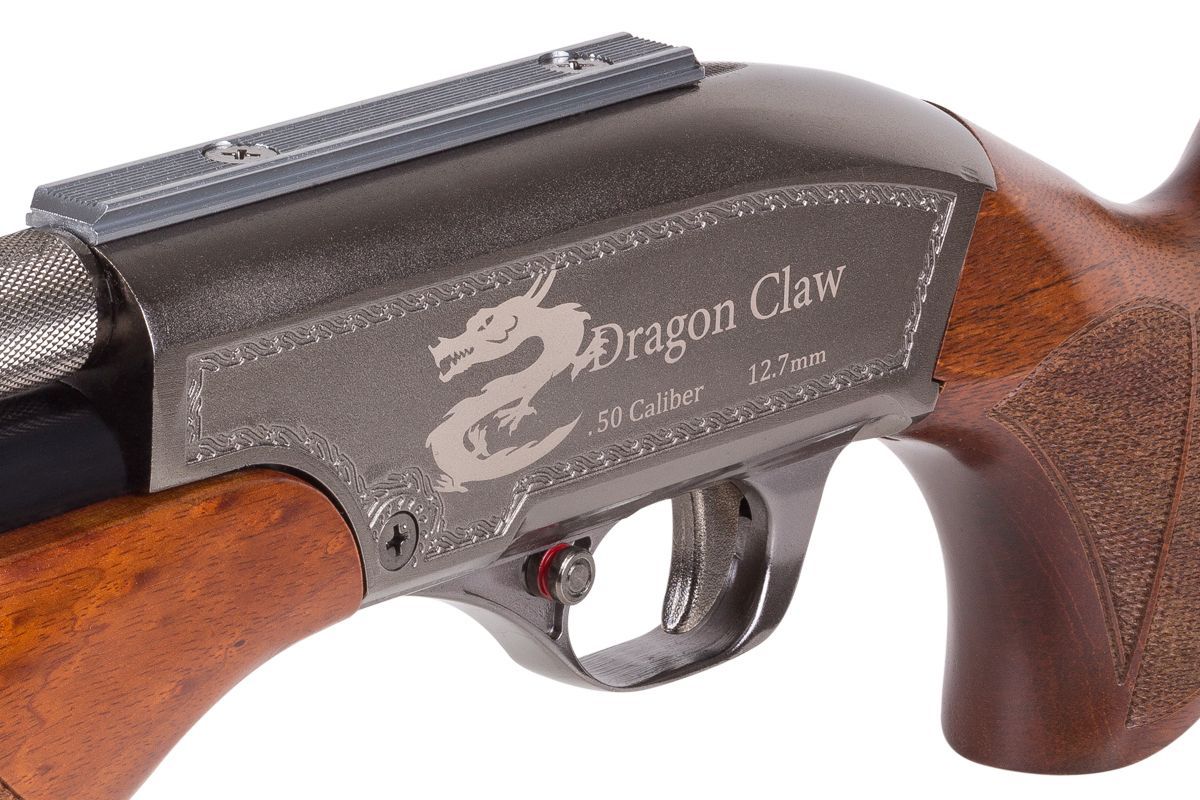
Having the ability to disengage and engage the safety without moving your head and disrupting your cheek weld or sight picture will be a huge help for speed and smooth operation. While the airgun is unloaded practice setting your sight picture while engaging and disengaging the safety. When you are sure you can adequately accomplish that step you can move onto the next one.
Triggers Are Not Created Equally!
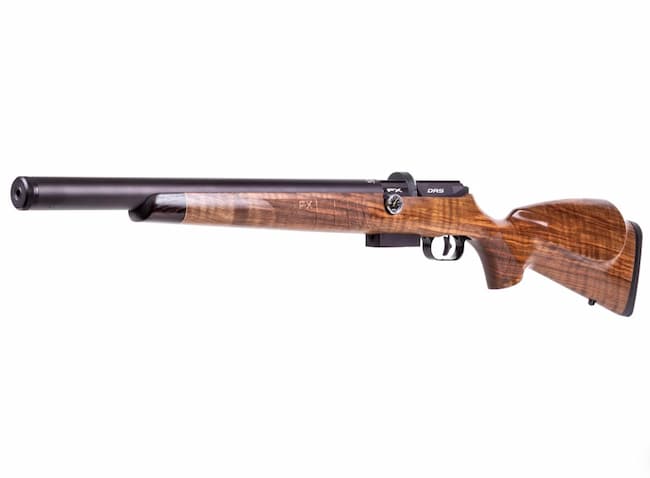
Triggers are not created equally! They can range anywhere from less than one pound up to fifteen pounds. Airguns like the FFX DRS PCP, are generally equipped with extremely light triggers and are typically preferred for target or competition shooting. The heavier ones like the Seneca Dragon Claw II are for hunting. Most airguns have around a two pound trigger pull, but not all are the same.

Then there’s the trigger stages, single-stage or two-stage. The single stage is a smooth follow through to the release of the sear where a two-stage has a stop or break in the pull before the sear is released. Shooters have different preferences to weights and stages. What’s your preference?
Regardless of what it is, if you’re going to pull off the perfect trigger pull timing it’s crucial to know your trigger. Some airguns are okay to dry fire like Co2 pistols, but others are hard against it and it may actually damage the airgun. Check the manual before dry firing.
If it’s okay to dry fire, you can essentially practice your trigger pull while sitting on the couch watching your favorite episode of Mash. If not, you’ll get to take it to the range and send some lead down range.
No Need To Focus On Accuracy Yet
At first you really don’t need to focus on accuracy, this is a great opportunity to use some of those pellets that don’t seem to shoot great in any of your airguns. As you pull the trigger let the feel and the break load into your memory, the more you do it the more you’ll know what to expect and have a better idea of when to pull.
The object is to get to a place where when the shooter pulls the trigger it has little effect or movement of the airgun. Any movement after the pull of the trigger will throw the poi off.
Timing the Shot
Notice we didn’t list practicing a breathing technique in the list above. Breathing is a natural thing and the only thing we have to say about that is the more you practice the rest of the steps, the breathing will follow, (holding your breath puts stress on the body and mind).
Timing the shot at the bench is pretty simple: place the sight mark on the target and pull the trigger as you practiced. When shooting offhand, it’s slightly different. There’s some natural movement to the body that will need compensation.
It’s All About Collaboration
Everyone has different natural movements and it’s up to the shooter to know their own and compensate for them. This is where practice of all these steps is key.
Trigger pull timing solely relies on the shooter’s ability to take all the key elements of shooting; proper hold, sight picture, operation, trigger pull, and breathing in perfect collaboration to create the wanted outcome, a bullseye!
